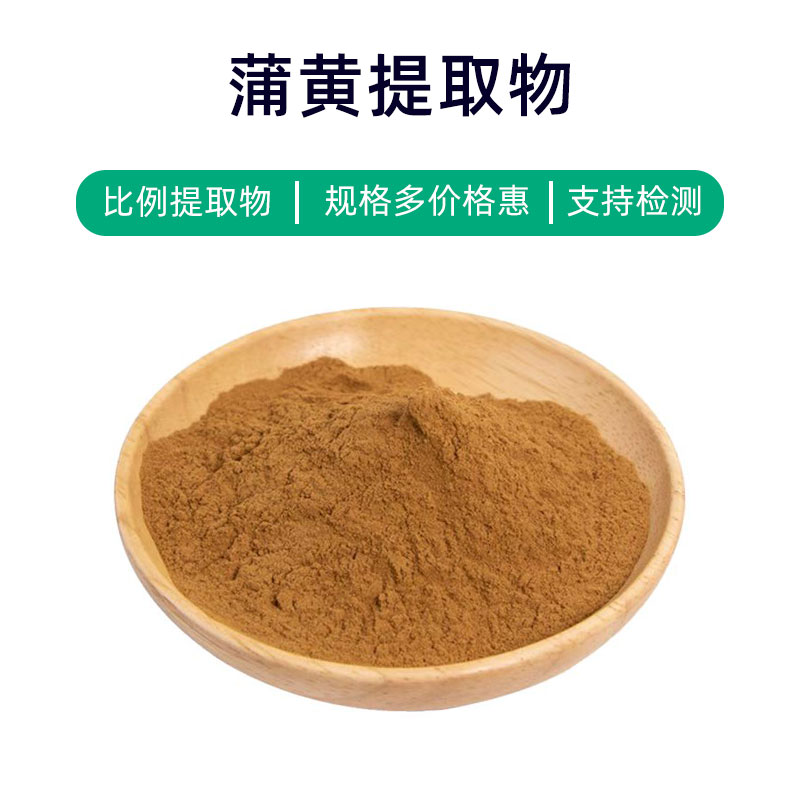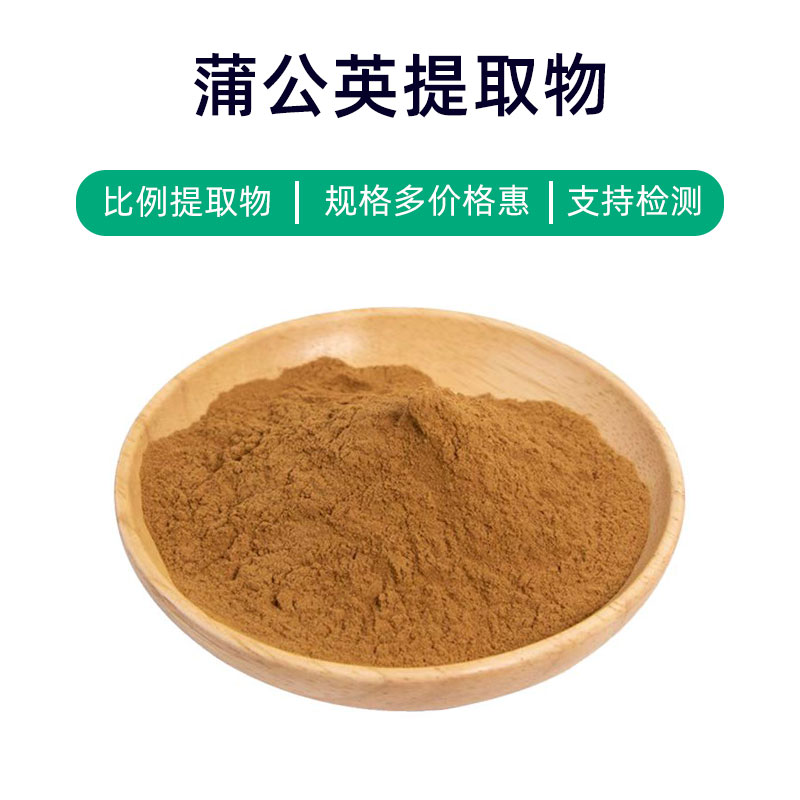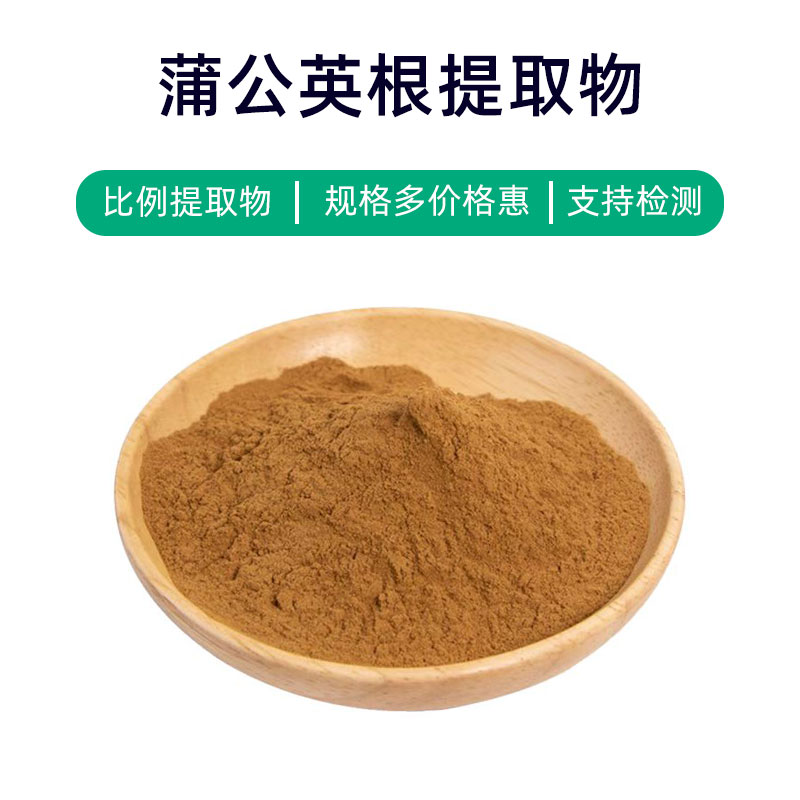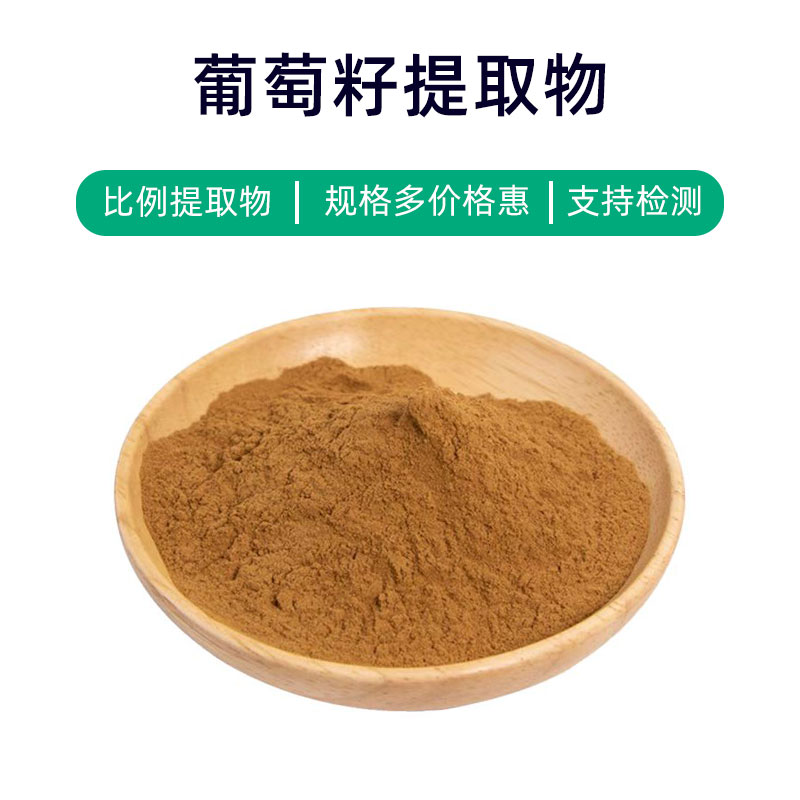Introduction to Forsythia Extract
Forsythia extract is a commonly used plant extract, mainly consisting of forsythiaside, phenolic compounds, flavonoids, and more. It has various effects and applications.
First, Forsythia extract has antioxidant properties, assisting in neutralizing free radicals and mitigating oxidative stress, which helps maintain healthy cell function.
Second, it has anti-inflammatory and antibacterial effects, capable of suppressing inflammatory responses and bacterial infections, promoting wound healing and immune modulation.
Additionally, Forsythia extract is widely utilized in the beauty and health supplement industries. In cosmetics, it is often used in skincare products to soothe the skin, reducing redness and inflammation. In health supplements, it is typically included in wellness teas and oral liquids to enhance immunity, improve physical constitution, and promote health.
In summary, Forsythia extract, as a natural plant extract, has broad application prospects in medicine, beauty, and health supplements, with primary benefits including antioxidant, anti-inflammatory, and antibacterial properties, positively contributing to health and beauty.
Production Process of Forsythia Extract
The production process of Forsythia extract mainly includes the following steps:
- Raw Material Collection and Preparation: Fresh Forsythia plants are collected, washed, and processed to remove impurities and unwanted parts, retaining the beneficial parts for extraction.
- Extraction Process: The treated Forsythia plant materials are mixed with an appropriate solvent (such as ethanol or water) for extraction. The extraction time and temperature should be adjusted based on specific conditions; generally, longer extraction times help extract more active ingredients.
- Filtration and Concentration: The mixture after extraction needs to be filtered to remove solid impurities, resulting in an extract. Then, the extract is concentrated using evaporation or other methods to further concentrate the active components.
- Precipitation and Separation: In some cases, the concentrated extract may produce precipitate, which needs to be treated, and then the precipitate is separated from the liquid to obtain pure extract.
- Purification and Refinement: The extract undergoes further purification and refinement to remove residual solvents and impurities to achieve a higher purity Forsythia extract.
- Drying and Grinding: The obtained Forsythia extract is dried to remove moisture and then ground into a powder for easy preparation and use in subsequent products.
- Quality Testing: The final Forsythia extract undergoes quality testing, including active ingredient content, purity, microbial limits, etc., to ensure compliance with relevant product standards and requirements.
- Packaging and Storage: The Forsythia extract that meets quality standards is packaged using appropriate materials and methods, then stored in a way that avoids direct sunlight and humid environments, maintaining the stability and effectiveness of active components.
This is a general process flow for producing Forsythia extract, with specific production techniques adjusted and optimized based on the product's usage and requirements.
Benefits and Side Effects of Forsythia Extract
Forsythia extract is a commonly used herbal extract with various benefits and effects, primarily including the following aspects:
- Antibacterial and Anti-inflammatory Effects: Forsythia extract contains various active components, such as forsythiaside, which have strong antibacterial and anti-inflammatory effects that can be used to treat infectious diseases, such as skin infections and respiratory infections.
- Antioxidant Activity: Forsythia extract is rich in antioxidants, which can neutralize free radicals in the body, reducing oxidative damage and helping to protect cell health and delay aging.
- Diuretic and Detoxifying Properties: Forsythia extract has protective effects on the kidneys, promoting urine output and aiding in detoxification, which helps regulate the body's water balance and reduce toxin loads.
- Digestive Improvement: Forsythia extract can protect the digestive system, promoting gastrointestinal motility and increasing digestive fluid secretion, helping to improve digestion and alleviate indigestion.
- Immune Function Regulation: Forsythia extract regulates the immune system, enhancing the body's immune response and resistance, helping to prevent infectious diseases.
- Anti-inflammatory and Analgesic Properties: Forsythia extract has inhibitory effects on inflammatory responses, which can alleviate pain and discomfort associated with inflammation, suitable for arthritis, muscle pain, and similar issues.
- Blood Sugar and Blood Lipid Regulation: Some studies indicate that Forsythia extract may help regulate blood sugar and lipid levels, aiding in the prevention and management of metabolic diseases like diabetes.
Despite its many benefits, it is important to be aware of certain side effects and precautions when using Forsythia extract:
- Some individuals may be allergic to Forsythia extract; a skin sensitivity test should be conducted before use to avoid allergic reactions.
- Long-term or excessive use of Forsythia extract may place additional burdens on the kidneys, so continuous or excessive usage should be avoided.
- Special groups, including pregnant women, nursing mothers, and children, should consult a healthcare professional before using Forsythia extract to avoid adverse effects on health.
Overall, Forsythia extract holds great promise in the pharmaceutical field, but reasonable use is crucial to avoid adverse reactions.
Application Scenarios and Dosage of Forsythia Extract
Forsythia extract is a natural medicinal plant extract with various application scenarios, primarily in the fields of medicine, food, and cosmetics. Below are the application scenarios and dosage in different areas:
- Applications in Medicine:
- Antibacterial and Anti-inflammatory: Forsythia extract is commonly used in topical antibacterial and anti-inflammatory ointments and sprays, which can treat skin infections, burns, cuts, etc.
- Immune Regulation: Forsythia extract can boost immunity, suitable for patients with weakened immune function. The dosage is usually determined based on medical advice.
- Anti-inflammatory and Pain Relief: For inflammatory pain conditions like arthritis and muscle pain, topical patches or applications containing Forsythia extract can be used, following product instructions.
- Blood Sugar and Lipid Regulation: Forsythia extract has some blood sugar and lipid regulation capabilities; oral medications can be prepared, with dosage following medical guidelines.
- Applications in Food:
- Food Additive: Forsythia extract has antioxidant and antibacterial properties, serving as a natural food additive to enhance food quality and preservation.
- Seasoning: Some seasonings and health products incorporate Forsythia extract to boost nutritional value and functionality.
- Applications in Cosmetics:
- Skincare Products: Forsythia extract is rich in natural ingredients with antioxidant, antibacterial, and soothing effects, suitable for formulating skincare products like creams, lotions, and masks.
- Shampoo and Hair Care: For issues like dandruff and itchy scalp, shampoos or conditioners containing Forsythia extract can be used, with the dosage following product guidelines.
In summary, Forsythia extract is primarily used in medicine for antibacterial, anti-inflammatory, and immune regulation; in food as a natural additive and seasoning; and in cosmetics for skincare and hair care products. Usage should adhere to product instructions or medical advice to avoid excessive or improper use.
Introduction to the Source Plant of Forsythia Extract, Distribution, and Growth Environment
Forsythia (scientific name: Andrographis paniculata) is a common herbaceous plant belonging to the Acanthaceae family. Here is detailed information about the source plant of Forsythia extract, including its introduction, distribution, and growth environment:
Plant Introduction:
Forsythia is a perennial herbaceous plant with an upright stem, typically 30-110 cm high, branching out. Its leaves are opposite, with long petioles, oval to oblong in shape, serrated edges, smooth dark green surfaces. The flowers are small and inconspicuous, white to pale purple, clustered in terminal racemes. The fruit is a capsule with brownish seeds.
Distribution:
Forsythia is native to Asia, primarily distributed in tropical and subtropical regions including China, India, Sri Lanka, Thailand, and Malaysia. In China, it is widespread in Guangxi, Guangdong, Yunnan, Guizhou, and Fujian and is also cultivated artificially.
Growth Environment:
Forsythia thrives in sunny, humid environments, commonly found growing on hillsides, field ridges, by streams, or in ditches at elevations of 500-1200 meters. It is not overly demanding in soil requirements, preferring loose, well-drained soil, and demonstrates good adaptability to acidic and neutral soils.
In suitable growth conditions, Forsythia exhibits rapid growth and can reach harvest maturity in a short time. Due to its wide distribution in warm regions and ease of cultivation, Forsythia has become an important herb in many areas.
Overall, Forsythia is a herbaceous plant with moderate environmental requirements, thriving in warm, humid climates, and suitable for growing in well-drained soils.
Processing and Storage of Forsythia Extract
The processing and storage of Forsythia extract are crucial for maintaining its quality and effectiveness. The general processing flow includes the following steps: first, harvesting mature Forsythia plants, followed by washing and cleaning; then grinding, extracting through steeping or distillation, and finally filtering, concentrating, and drying the obtained product. During storage, the extract should be placed in a dry and ventilated area, protected from direct sunlight and moisture, ideally stored in airtight containers to prevent the influence of oxygen, moisture, and light. Proper processing and storage methods can ensure the quality and stability of the Forsythia extract, extending its shelf life.
Monica Sun is a seasoned expert in the plant extraction industry with over a decade of experience in research and production. She specializes in the extraction and purification of plant active ingredients, focusing on driving innovation in natural product applications. Monica has participated in the development of multiple functional plant extracts, delivering high-value natural raw material solutions for the health food, pharmaceutical, and dietary supplement sectors.



















